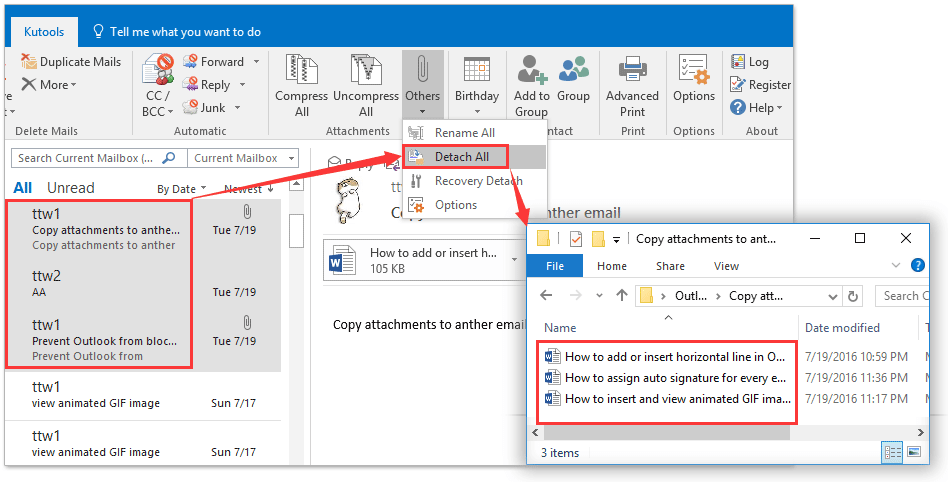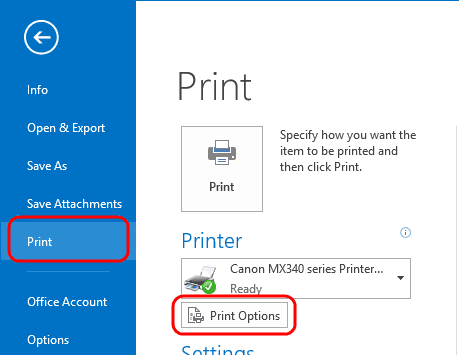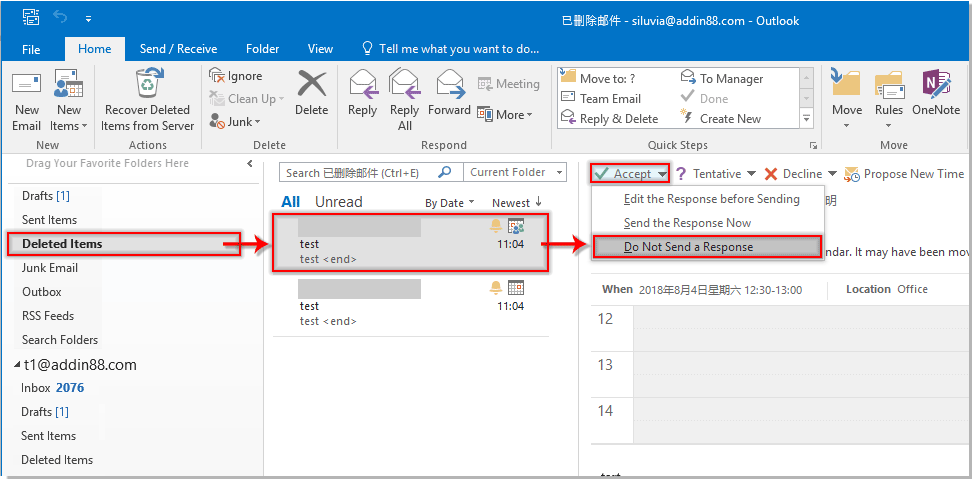
- DOWNLOAD OUTLOOK 365 ATTACHMENTS MULTIPLE EMAILS HOW TO
- DOWNLOAD OUTLOOK 365 ATTACHMENTS MULTIPLE EMAILS DOWNLOAD
DOWNLOAD OUTLOOK 365 ATTACHMENTS MULTIPLE EMAILS HOW TO
This section will show you how to save all attachments from multiple email messages with VBA Macro in Microsoft Outlook.
DOWNLOAD OUTLOOK 365 ATTACHMENTS MULTIPLE EMAILS DOWNLOAD
Download and try it now! ( 60-day free trail) Ith the Save All attachments utility of Kutools for Outlook, you can easily save all attachments from multiple selected emails to specified folder in Outlook as below deno shown. Step 5: In the popping up Save All Attachments dialog box, select a folder to save these attachments, and click the OK button.Įasily save all attachments from multiple selected emails to a folder: Step 4: In the Save All Attachments dialog box, select all of attachments in the Attachments: box, and click the OK button. Note: the Attachment Tools won’t be activated until you click attachments in the Reading Pane. Step 3: Click the Save All Attachments button in the Actions group on the Attachments tab. Step 2: Click one of its attachments in the Reading Pane. Step 1: Select the email message that you will save all of its attachments. Save all attachments from multiple email messages in Outlook with VBA codeīatch save all attachments from multiple email messages with Kutools for OutlookĪctually you can save all attachments in one email message with Attachment Tools of Microsoft Outlook. Manually save all attachments in one email message in Outlook Supposing you have received an email message with several attachments, how do you save these attachments in Microsoft Outlook quickly? What if save all attachments from multiple email messages in Microsoft Outlook? This article will walk you through these tricks at ease. How to save all attachments from email messages in Outlook? SaveAsFile ( outputDir + outputFile ) AttTotal = AttTotal + 1 End If nextitem : Next End If Next earlyexit : 'Clean up Set Sel = Nothing Set Exp = Nothing Set App = Nothing Set fso = Nothing 'Let user know we are done Dim doneMsg As String doneMsg = "Completed saving " + Format $ ( AttTotal, "#,0" ) + " attachments in " + Format $ ( MsgTotal, "#,0" ) + " Messages." MsgBox doneMsg, vbOKOnly, "Save Attachments" Exit Sub ErrorHandler : Dim errMsg As String errMsg = "An error has occurred. fileExists ( outputDir + outputFile ) Loop 'Save it to disk if the file does not exist If fileExists = False Then att. That will be a flag not to write the file Exit Do End If fileExists = fso. Please enter a new name, or hit cancel to skip this one file.", "File Exists", outputFile ) 'If user hit cancel If outputFile = "" Then 'Exit leaving fileexists true. fileExists ( outputDir + outputFile ) Do While fileExists = True outputFile = InputBox ( "The file " + outputFile _ + " already exists in the destination directory of " _ + outputDir + ". That will be a flag not to write the file GoTo nextitem End If 'Give an option to exit If outputFile = "cancel" Then GoTo earlyexit End If fileExists = fso. SenderName & " )" outputFile = InputBox ( strSubject & vbCrLf & vbCrLf & "Please enter a new name if needed, or hit cancel to skip this one file.give name cancel to exit", "File Name", outputFile ) If outputFile = "" Then 'Exit leaving fileexists true.

FileName 'Forcing to give me option to choose file name Let strSubject = Sel. Count 'Get the attachment Dim att As Attachment Set att = Sel. Count > 0 Then MsgTotal = MsgTotal + 1 'For each attachment on the message. Exiting SaveAttachments.", vbCritical, "SaveAttachments" Exit Sub End If 'Loop thru each selected item in the inbox For cnt = 1 To Sel.


Selection Set fso = New FileSystemObject outputDir = GetOutputDirectory () If outputDir = "" Then MsgBox "You must pick an directory to save your files to. Selection Dim AttachmentCnt As Integer Dim AttTotal As Integer Dim MsgTotal As Integer Dim outputDir As String Dim outputFile As String Dim fileExists As Boolean Dim cnt As Integer Dim strSubject As String 'Requires reference to Microsoft Scripting Runtime (SCRRUN.DLL) Dim fso As FileSystemObject Set Exp = App. 'It does not have to be the inbox, simply any folder with e-mail messages Dim App As New Outlook.

Public Sub SaveAttachments () 'Note, this assumes you are in the a folder with e-mail messages when you run it.


 0 kommentar(er)
0 kommentar(er)
